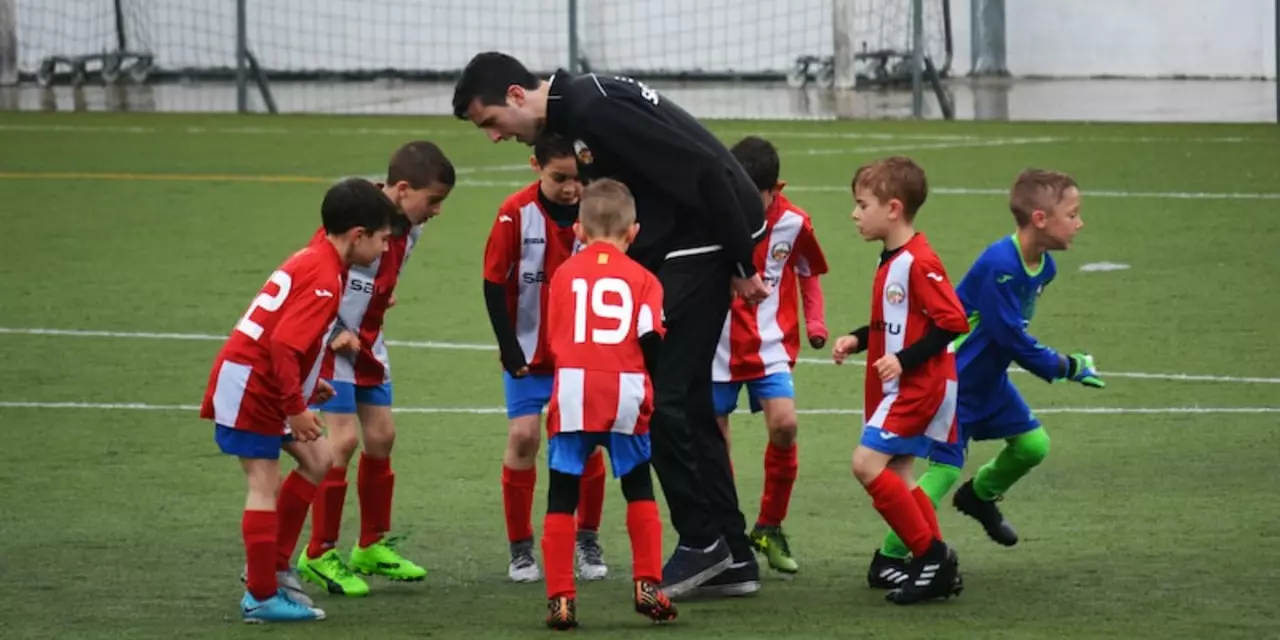Understanding the Soccer Tie: What a Draw Means for Teams
Ever watched a match end 1-1 and wondered why it felt both good and bad? That’s a soccer tie – a game where both sides finish level on goals. It’s not just a scoreline; it changes points, morale, and the whole season picture.
Why Ties Count in the League Table
In most leagues, a win earns three points, a tie gives one, and a loss hands out nothing. Those single points can be the difference between promotion, a playoff spot, or relegation. Imagine two teams fighting for a final league spot – each tie they collect might push them just enough ahead of a rival that lost more matches. That’s why coaches keep an eye on how many draws they have; it’s a safety net when the win‑column runs thin.
How Teams Try to Avoid or Turn a Tie into a Win
Most managers hate to leave a game level, so they tweak tactics at the 80‑minute mark. Adding an extra striker, switching to a more attacking formation, or pushing full‑backs higher can tip the balance. On the flip side, if a team is ahead and a tie would still be enough for a crucial point, they might sit back, tighten the defense, and protect the lead.
Set‑pieces also become golden opportunities. A well‑practised corner or free‑kick routine can break the deadlock when open play isn’t delivering chances. Players who excel in the air or have a powerful shot become the go‑to options in those moments.
Sometimes, the weather or a slippery pitch forces coaches to play it safe and accept the tie. A rain‑soaked field can make fast passes risky, so teams may choose to keep possession and settle for the point.
Even the psychology of a tie matters. A squad that feels they’re “doing enough” after a hard‑fought draw can carry positive momentum into the next match. Conversely, if a team believes they should have won, the disappointment can spark a stronger performance later.
In knockout competitions, a tie is just the first step. Extra time, penalties, or replay matches decide who moves on. Knowing how to stay calm under that pressure is a skill many clubs work on during training.
For fans, a tie can feel like a missed opportunity, but it’s also a reminder that soccer is unpredictable. One moment you’re celebrating a late equaliser, the next you’re wondering what could have been. That roller‑coaster is part of the sport’s charm.
Bottom line: a soccer tie isn’t just a boring 0-0; it’s a strategic element that influences points, tactics, and team confidence. Whether you’re a player, coach, or supporter, understanding the impact of draws helps you see the bigger picture of any season.
